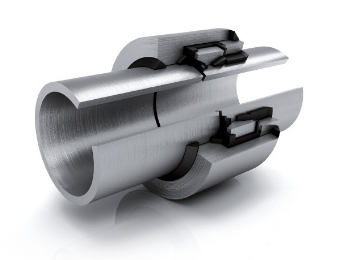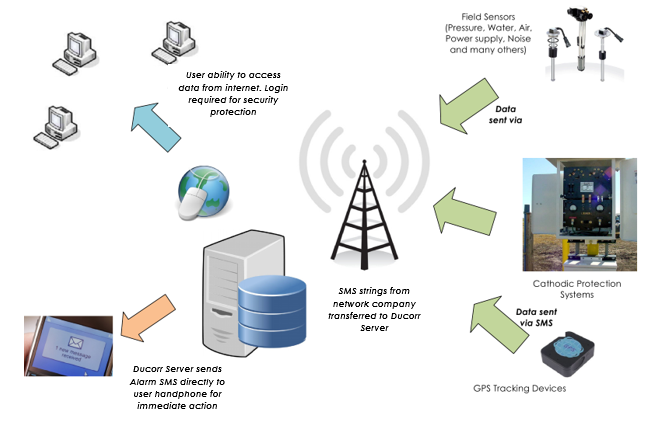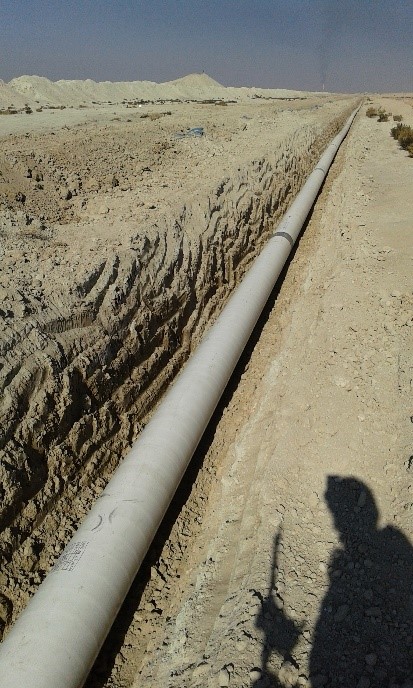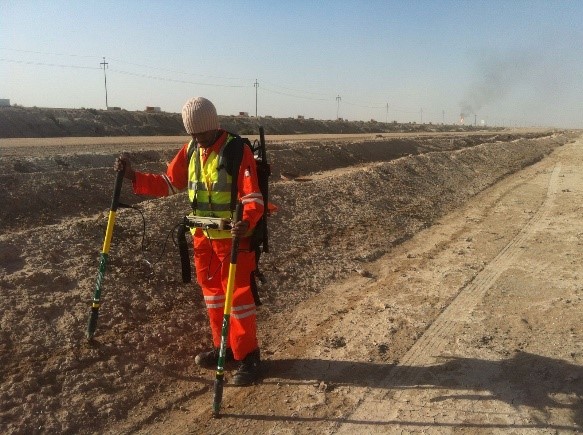Corrosion failure happens for all kinds of reasons. Environmental conditions, the materials in question and the stresses that a material undergoes all play major roles. And while different materials, technologies and processes are thoroughly discussed in industries where corrosion is an issue, one of the least addressed contributing factors to corrosion is human error. It can occur for a number of reasons:
Here we'll take a look at how human error contributes to corrosion failure and what can be done to mitigate its effects.
Where Human Error Occurs
Any project consists of many stages, beginning at manufacturing and design, all the way through construction, and ending with supervision and maintenance work. Human error can occur at one or all of the above stages.
The design stage of any metallic system is the most important one; if a major error occurs at this stage, it significantly raises the risk of corrosion failure. There are many factors to be considered for optimum design, including material selection, wall thickness and diameter (for pipelines), as well as corrosion allowance and corrosion control measures.
Types of Human Error
According to Neville W. Sachs in "Understanding Why It Failed," there are six key error categories that can contribute to corrosion failure.
1. Operational Errors
Operational errors occur when a system or process operates outside of or beyond the parameters of its design. For example, if specified operating practices call for a specific operating temperature, and a worker makes a decision to exceed this temperature, accelerated corrosion may be the result.
2. Design Errors
Design errors can occur when a system's design fails to match up to its application, or when the way the system is used is changed without a thorough review. This type of error can be an engineering error, or can occur when other workers install systems or machines without proper oversight.
3. Maintenance Errors
Maintenance errors occur when maintenance personnel fail to properly maintain or repair a system, or improperly install one of its components.
4. Manufacturing Errors
Manufacturing errors occur when components in a system are improperly manufactured or include flaws that can contribute to corrosion failure.
5. Installation Errors
Original installation of a system's components can cause corrosion failure if those components are installed incorrectly or without proper oversight.
6. Supervisory Errors
Supervisory errors are said to occur when a problem is noticed, but no action is taken. Often, a worker may believe that someone else will take care of the problem, or that it's someone else's responsibility.
How to Reduce Human Error
In order to mitigate human errors, human factors must be considered. Human factors are all those things that enhance or improve human performance in the workplace. As a discipline, human factors are concerned with understanding interactions between people and other elements of complex systems.
Human factors apply scientific knowledge and principles, as well as lessons learned from previous incidents and operational experience to optimize human well-being, overall system performance, and reliability. The discipline contributes to the design and evaluation of organizations, tasks, jobs and equipment, environments, products, and systems. It focuses on the inherent characteristics, needs, abilities, and limitations of people, and the development of sustainable and safe working cultures. In other words, mitigating human errors requires the same careful use of protocols, supervision, and inspection as reducing other corrosion factors. (Discover more management tools in Corrosion Knowledge Management versus Corrosion Management: An Essential Tool for Assets Integrity Management.)
Additionally, all work should be done according to applicable codes and standards, and should be completed by professionals.
Reference: https://www.corrosionpedia.com/human-error-as-a-factor-in-corrosion-failure/2/1493





























